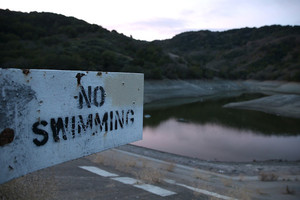
CALIFORNIA IS NOW heading into its fourth year of record-breaking drought, with no liquid relief in sight. High temperatures, little precipitation, and historically low snowpack have left the state with dwindling water reserves. The situation is so bad, as NASA scientist Jay Famiglietti wrote in an LA Timesop-ed last week, that California has only a year of water left in its reservoirs.

Yep, you heard that right: one year of water. That’s absolutely terrifying—but thankfully not quite true, says Jeffrey Kightlinger, the general manager of theMetropolitan Water District of Southern California. “It’s a glib generalization of where the situation is at,” he says. State and local agencies won’t just let faucets run dry a year from now—they’ll stretch out their water reserves as long and as thin as they can. Kightlinger says that his SoCal district, which serves 19 million people (that’s one out of every two Californians), has stored water reserves that will last three years with prudent conservation.
Still…that’s only three years. State and local officials have to find ways to cope with the drought right now. According to people who run the state’s water use, there’s no way around California’s harsh reality: Farmers and city-dwellers alike will have to use less water. And someone will probably have to make them do it.
The first draconian option: household water rationing. In California, wholesalers like MWD SoCal sell water to local agencies, which in turn sell to individual households. It’s those local agencies that will ration water, attempting to bring the average Californian’s water usage below 150 gallons per day. (That’s what Californians consume now, and it’s actually pretty low for Americans). But this is price rationing, not turn-off-your-taps-at-HQ rationing. Go over the limit, and you might spend as much money on the last 30 gallons as you did on the first 130. “Those penalties usually drive people to push their water use down because they realize they can cut their bill in half,” says Kightlinger. “That’s when you see people going from seven-minute showers to two-minute showers.”
And yes, this actually works. At the height of a severe drought a decade ago, Australians reduced their water consumption to thirty gallons of water a day per person—a fifth of Californians’ current consumption. “People were taking 30-second showers and collecting the shower water in a bucket and using it in their yards, and running dishwashers once a week,” says Kightlinger.
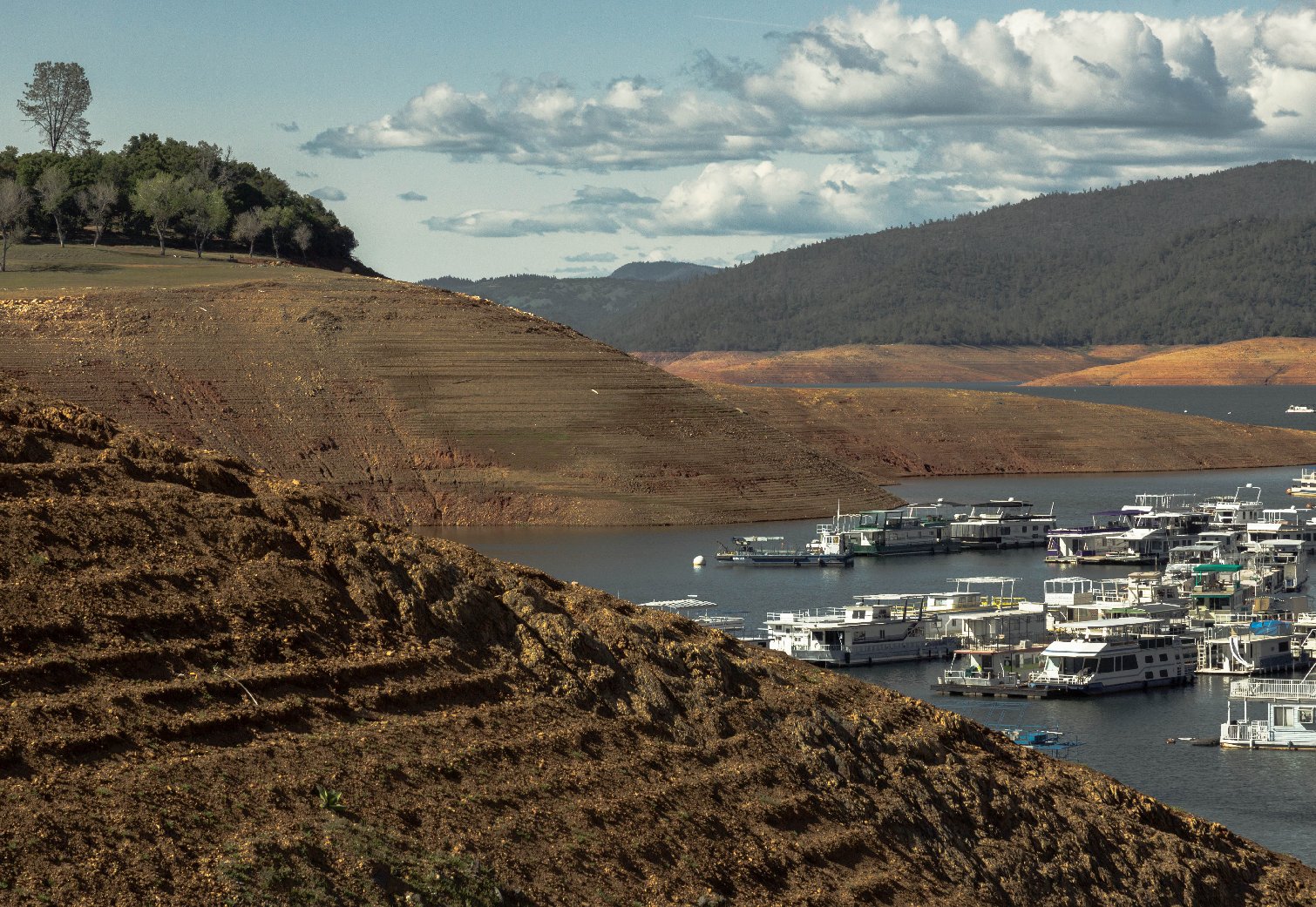
View across the mini-terraces on what is often a slope beneath the surface of Lake Oroville. The terraces are formed by lapping water as the surface level changes. (Dan Brekke/KQED)
If water shortages get serious enough and local districts don’t make the tough decisions, California’s state government will step in. “It’s a really drastic measure,” says Max Gomberg, a senior environmental scientist at the State Water Resources Control Board. “But if we go through next winter without precipitation then it’s probably inevitable that, with or without state action, many places will ration water.”
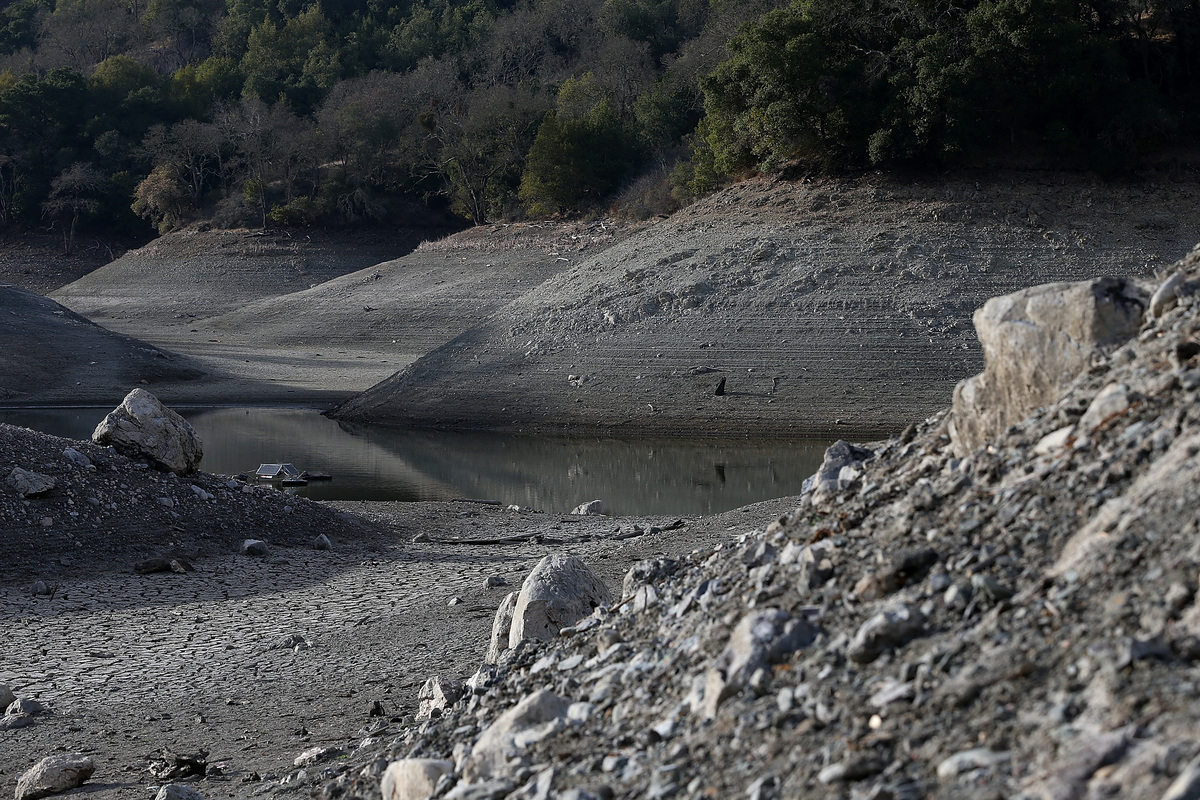
Low water levels are visible at the Almaden Reservoir on January 28, 2014 in San Jose, Calif.
But restricting residential water use can only carry California so far. Cities aren’t the state’s thirstiest places. Urban areas get only 20 percent of the state’s water supplies; agriculture guzzles the other 80 percent. Last year, lack of water forced farmers to abandon 400,000 acres of cropland, and they’ll leave over a million acres unplanted this year. Some farmers in California have already had their water supply curtailed or completely cut off. If you like vegetables and fruit, this is a big deal. In 2013 the state exported $21 billion worth of agriculture. It produces nearly half the produce and nuts consumed in the US. “If the drought goes on like this, there are going to have to be reductions in agriculture water use—state mandated or not,” says Gomberg.
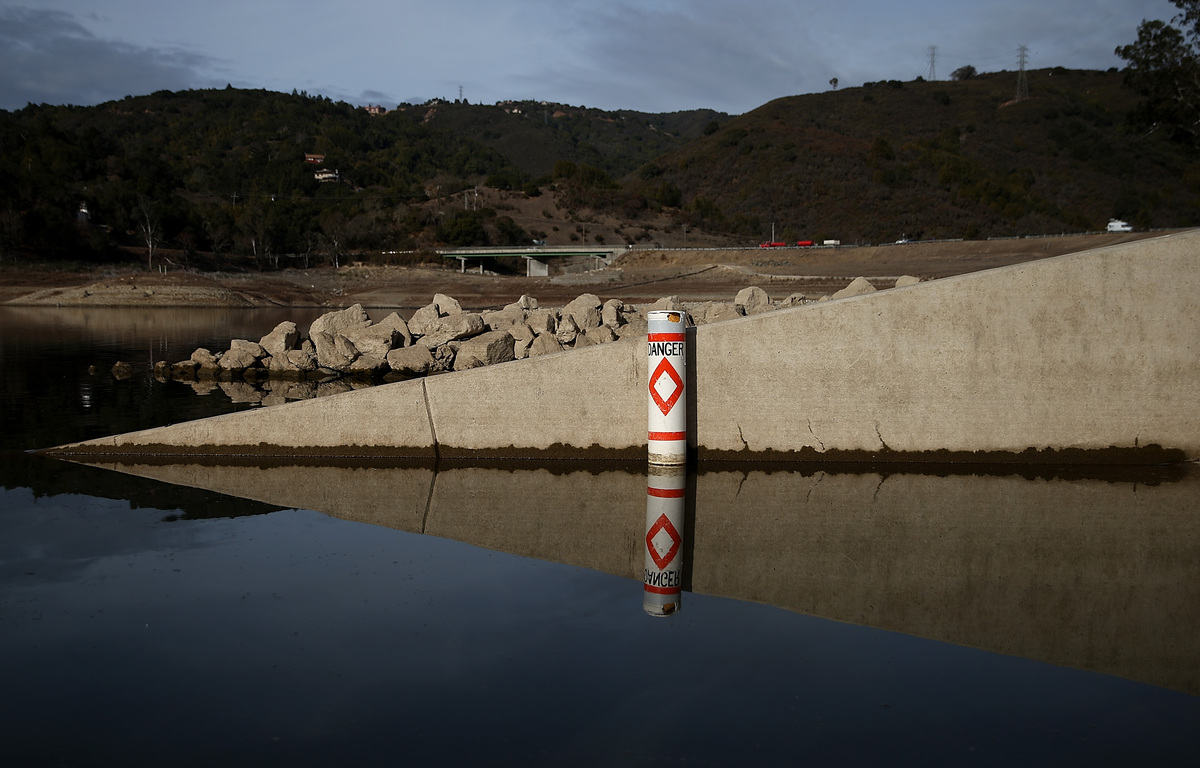
A buoy sits in the water at the Lexington Reservoir on January 28, 2014 in Los Gatos, California.
Ultimately, the government may have to take water away from farms and give it to the public for basic health and sanitation. “That’s been a typical tool used in past droughts: temporary or permanent fallowing of farmland to move water to urban areas,” says Kightlinger. But that would be devastating for farmers today, more so than in the past. A few decades ago, California’s farmers planted cotton and wheat, and they could neglect those crops during droughts and instead sell their water to local agencies. Today, most of the state’s agricultural land is used to grow high-end crops like pistachios, almonds, and wine grapes, which require water every year. Without H2O, these crops die and farmers lose out on millions of dollars. “Twenty years ago I could talk to a farmer and say, ‘Take a year off farming and we’ll pay you double and give us the water,’” says Kightlinger. “Now they can’t take a year off production. It’s made it much more difficult to free up water in a drought.”
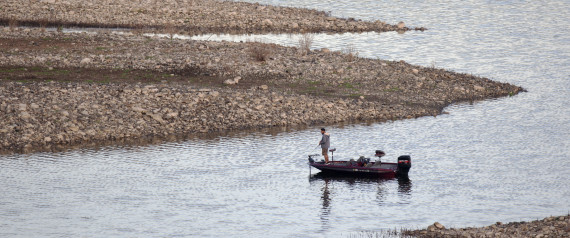
In the longer term, California might have to put its faith in its other big export: technology. That means seawater desalination, stormwater capture, and wastewater recycling. Most of those stockpiling strategies will take years to implement, though, and California doesn’t have that kind of time. “If the drought continues like this, there will be no more lush lawns in California,” says Gomberg, “and there will be a lot fewer acres of crops grown.” Californians may have to get used to an Australian future.
http://ww2.kqed.org/news/2014/04/07/california-drought-snapshot-lake-oroville-revisited
